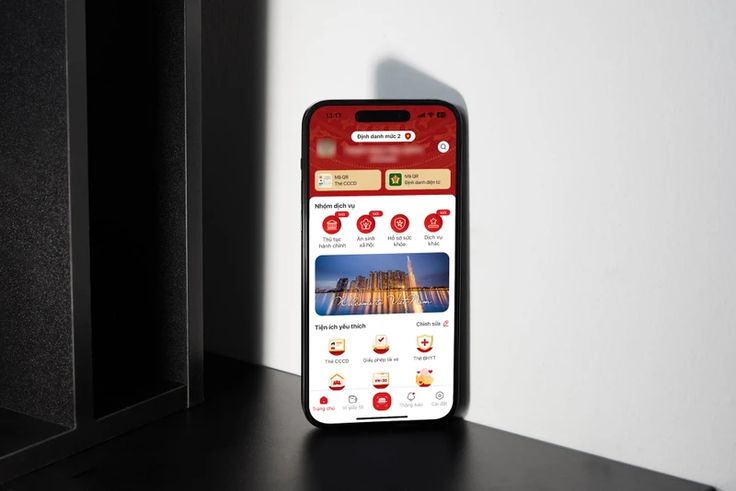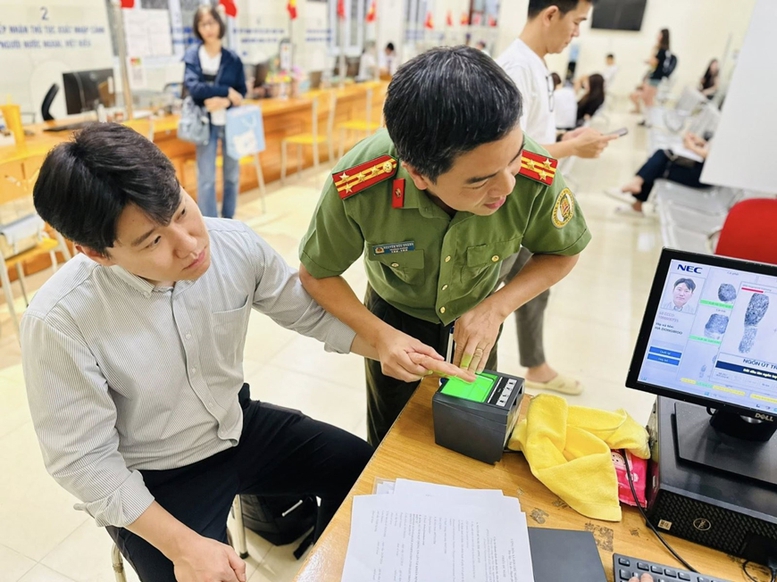As a licensed real estate professional with over a decade of experience serving the international community in Vietnam, I have witnessed firsthand the challenges foreigners face when navigating administrative procedures. The introduction of Vietnam’s Level 2 Electronic Identification (VNeID) system represents a significant advancement in digital transformation, streamlining various administrative processes for foreign residents.
Foreigners legally authorized in Vietnam can register for a level 2 VNeID electronic identification account from July 1, 2025. This comprehensive guide will walk you through every step of the registration process, ensuring you complete it efficiently and correctly.
VNeID Level 2 is Vietnam’s advanced electronic identification system designed for foreign residents. For foreigners residing in Vietnam, Level 2 eID accounts are legally equivalent to passports for transactions requiring passport presentation, and help provide information from personal documents synchronized in eID accounts for verification by competent authorities.
This digital identification system offers numerous benefits:

Before beginning the registration process, ensure you meet the following criteria:
Foreigners holding valid temporary or permanent residence permits in Vietnam are eligible to obtain the digital ID, making it easier for them to complete online administrative procedures while reducing processing time, paperwork and direct contact requirements.
The subjects performing this administrative procedure are foreigners who have been granted permanent residence or temporary residence status in Vietnam.
Foreign nationals under the age of 14 must be accompanied by a guardian or legal representative when presenting for Level 2 e-ID registration. For children aged 6 to under 14, the guardian must use their own verified mobile number to complete the application on the child’s behalf.
Proper documentation is critical for successful registration. All applicants must present original documents with current validity status—photocopies are not accepted for initial verification, and missing any mandatory document will result in application rejection requiring a return visit to the immigration office.
Applicants must bring a valid passport, a valid temporary or permanent residence card, and an active Vietnamese mobile phone
All documents must be:

Foreigners will have to go to the local immigration department or provincial-level police immigration office to register for their accounts.
Authorized Registration Centers:
Choose the most convenient location based on:
The registration process follows a structured approach to ensure accurate data collection and account creation.

Step 1: Obtain a queue number for photo capture
Pre-Registration Preparation:
Queue Management:
Step 2: Have your portrait photo taken at the registration office.
Photography Requirements:
Technical Standards: The photo must meet biometric standards for digital identification purposes.
Step 3: Present your valid personal documents and fill out the “Information Provision Form”
Document Presentation:
Form Completion: Present all personal documents and complete the “Information Provision Form” along with the “Application Form” (Form TK01) provided by the Immigration Department.
Required Forms:
Provide biometric fingerprint data and submit biometric data, including facial images and fingerprints.
Biometric Requirements:
Data Processing: Data for account issuance includes personal information, passport number or international travel document, permanent or temporary residence card, portrait photo, and biometric information.
The system will process the data and send a verification request to the National Population database for final verification.
Processing Components:
Processing timelines range from immediate processing to several business days, depending on system capacity and verification requirements.
Expected Timeframes:
This procedure is free of charge.
The VNeID Level 2 registration process does not require any government fees. However, you should budget for:
After successful registration, you will receive:
Download the official VNeID mobile application and:
Verify your account functionality by:
Common reasons for application rejection include:
If your application is rejected:
For system-related issues:
Based on my experience assisting numerous foreign clients:
VNeID Level 2 significantly streamlines property-related procedures:
The VNeID Level 2 registration process represents a significant step forward in Vietnam’s digital transformation initiative. While the process requires careful attention to detail and proper documentation, the long-term benefits far outweigh the initial investment of time and effort.
Electronic identification for foreigners is an important step in administrative procedure reform and digital transformation, contributing to more efficient government services and improved experiences for foreign residents.
As a real estate professional committed to serving the international community, I encourage all eligible foreigners to complete their VNeID Level 2 registration as soon as possible. This digital identification system will become increasingly important for various administrative and commercial transactions in Vietnam.
Remember that regulations and procedures may evolve, so always verify current requirements with official sources before beginning your registration process. Success in navigating Vietnam’s administrative systems requires patience, preparation, and professional guidance when needed.